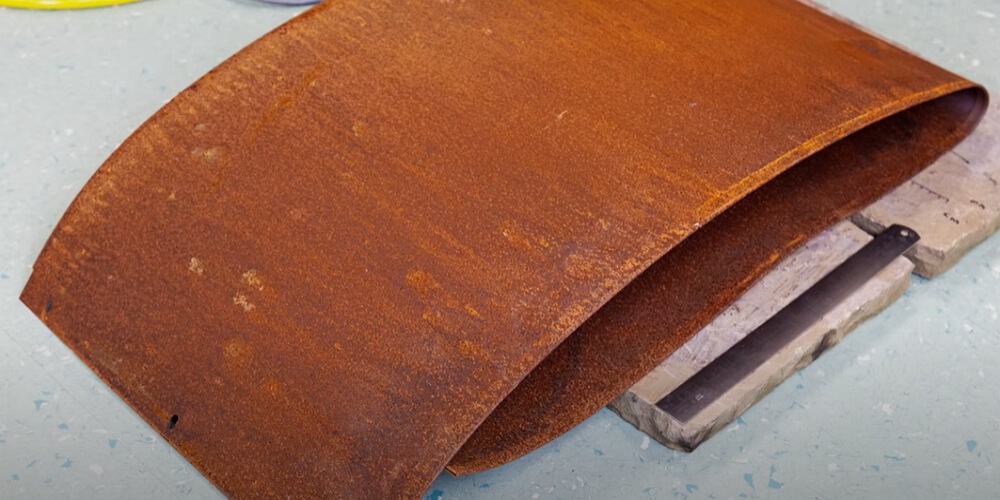When it comes to cleaning the high-value products, there’s only one option that comes into the mind – laser surface cleaning. One of the reasons why it stands above the other methods is that it’s the safest method around, whereby the operator doesn’t have to worry about their safety.
Laser cleaning is essentially a non-damaging, non-conductive as well as the environmental-friendly method that is used to clean both metals and non-metal applications.
The principle behind 1000w rust cleaning laser is that it focuses the laser pulses every second via the layers of contaminants. As the light is being absorbed, the surface is vaporized, and the dirt is removed.
Therefore, it’s the ideal method for most contaminants, such as oil, rust, and several others. Usually, the method is applied in coating preparation, bonding and welding treatments, mold tool cleaning, and nuclear decontamination.
Laser Surface Cleaning Safety Basics
Everything sounds like laser cleaning is the real deal without risks, right?
However, that may be far from the truth. But it’s true that laser cleaning doesn’t involve the blasting of shards or any metallic parts into the air that may be a safety risk for individuals.
Several safety precautions need to be taken into account to ensure that, indeed, laser cleaning is a safe cleaning method. They include;
Laser safety enclosures
Laser safety enclosures ensure that the operator and any nearby individuals are protected from any specular as well as diffuse reflections. Moreover, an enclosure that’s well-designed can prevent the laser from operating whenever the access panels or the doors are open.
Therefore, every setup should have an interlocking mechanism that will ensure that nobody enters the optical hazard zone whenever the laser is in use.
Personal Protective Equipment (PPE)
A fixed enclosure is an ideal option when operating a laser machine, but others, especially portable lasers, don’t require such fixed enclosures. However, every laser cleaner requires a much-designated hazard zone.
In that case, without an enclosure, the operator should always have in place laser safety glasses that should be worn all the time. The rule should also apply to anyone that enters the optical hazard zone when the laser is being used.
The reason being, laser cleaners produce a focused wavelength that’s not supposed to come into contact with the eyes or even the skin.
Other Measures
Laser technology can help to minimize the risks of airborne contaminants, especially when cleaning the hazardous paint contaminants. However, most contaminants of such caliber exist in the air and should be captured, and thanks to the way the equipment is designed, it captures them as you clean.
Also, you may require 480V when operating laser machines. Just like most electrical solutions, you must ensure that you mind excellent electrical equipment lockout or the tag-out procedures to help prevent exposure.
Also, since non-metallic products have a flammability risk when exposed to laser emission, it’s always recommended that you remove the materials entirely from the laser ablation before you start cleaning.
Nevertheless, to ensure that laser cleaning safety is kept up to standard, proper training is required so that the operator and anyone close to the laser understand every detail. That way, laser cleaners can never be a safety concern.
